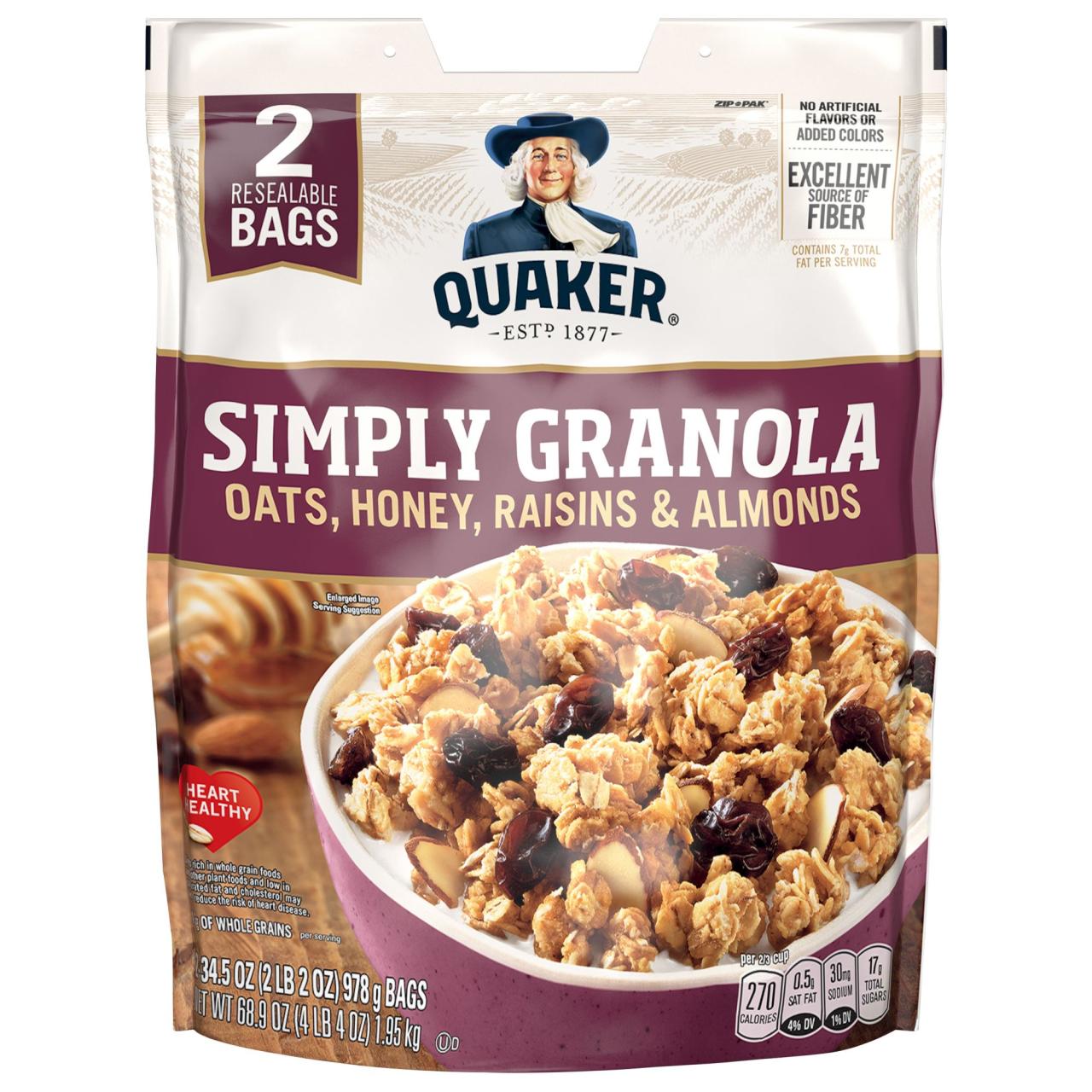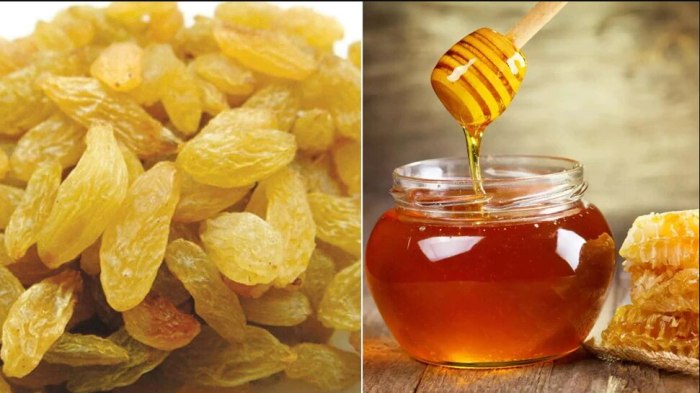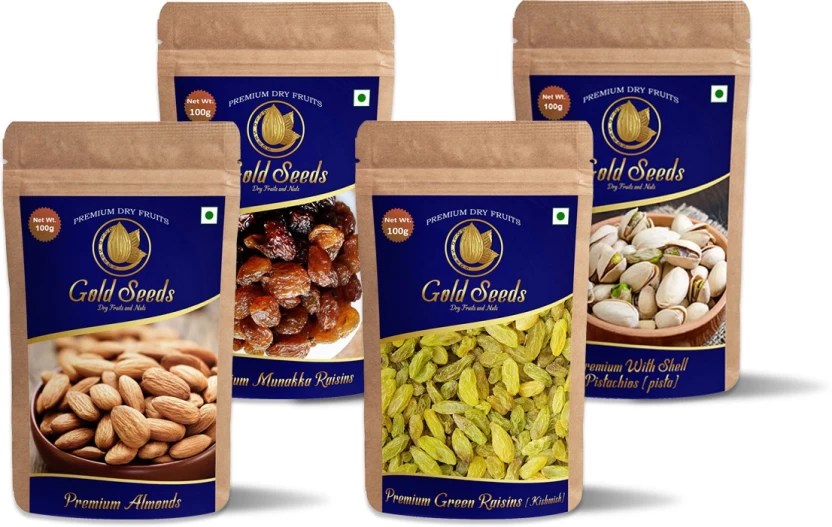Priya is buying raisins and almonds – Priya’s decision to purchase raisins and almonds unveils a captivating narrative that delves into the intricacies of nutritional choices, culinary artistry, and market dynamics. This discourse will illuminate the motivations behind her specific combination of purchases, exploring the cultural, dietary, and health considerations that shape her decision-making process.
Through a comprehensive analysis of the nutritional value of raisins and almonds, we will unveil the health benefits associated with their consumption and demonstrate how their combined nutritional profile offers a balanced and wholesome dietary option.
Priya’s Purchasing Habits

Priya’s decision to purchase raisins and almonds is likely motivated by several factors, including nutritional benefits, taste preferences, and cultural influences.
Both raisins and almonds are nutrient-rich foods that offer various health benefits. Raisins are a good source of fiber, potassium, and antioxidants, while almonds provide healthy fats, protein, and fiber. Priya may be purchasing these items to supplement her diet and improve her overall health.
Taste Preferences
Priya may also be drawn to the sweet and chewy texture of raisins and the nutty flavor of almonds. These foods can be enjoyed as snacks or incorporated into various dishes, such as oatmeal, salads, and baked goods. Priya’s taste preferences may play a role in her decision to purchase these specific items.
Cultural Influences
Cultural factors can also influence food choices. In some cultures, raisins and almonds are commonly used in traditional dishes and desserts. If Priya comes from a culture that incorporates these ingredients, her purchasing habits may be influenced by cultural norms and traditions.
Nutritional Value of Raisins and Almonds

Raisins and almonds are nutrient-rich foods that offer a range of health benefits. Raisins are dried grapes, and they retain many of the vitamins, minerals, and antioxidants found in fresh grapes. Almonds are a type of tree nut, and they are a good source of protein, fiber, and healthy fats.
The table below compares the nutritional content of raisins and almonds:
| Nutrient | Raisins (1/4 cup) | Almonds (1/4 cup) |
|---|---|---|
| Calories | 129 | 162 |
| Protein | 1g | 6g |
| Fiber | 1g | 3g |
| Sugar | 21g | 1g |
| Fat | 0g | 14g |
| Potassium | 289mg | 180mg |
| Iron | 1.1mg | 1.1mg |
| Calcium | 10mg | 75mg |
| Vitamin C | 2.5mg | 0mg |
| Vitamin E | 0.2mg | 6.8mg |
Health Benefits of Raisins and Almonds
Consuming raisins and almonds regularly can provide a range of health benefits, including:
- Improved heart health: Raisins contain antioxidants that can help to protect against heart disease. Almonds are a good source of healthy fats, which can help to lower cholesterol levels and reduce the risk of heart disease.
- Reduced risk of cancer: Raisins and almonds contain antioxidants that can help to protect against cancer. Almonds are also a good source of fiber, which can help to reduce the risk of colon cancer.
- Improved blood sugar control: Raisins have a low glycemic index, which means that they do not cause a rapid spike in blood sugar levels. This makes them a good snack for people with diabetes or prediabetes.
- Weight management: Raisins and almonds are both calorie-dense foods, but they are also filling and satisfying. This can help to reduce overall calorie intake and promote weight management.
The Combination of Raisins and Almonds, Priya is buying raisins and almonds
The combination of raisins and almonds provides a balanced nutritional profile that can offer a range of health benefits. Raisins provide carbohydrates and fiber, while almonds provide protein, healthy fats, and vitamins and minerals. Together, these foods can help to improve heart health, reduce the risk of cancer, improve blood sugar control, and promote weight management.
Culinary Uses of Raisins and Almonds

Raisins and almonds are versatile ingredients that can enhance the flavor and texture of various dishes. Their unique combination of sweetness, crunchiness, and nutritional value makes them popular additions to both sweet and savory preparations.
In baking, raisins and almonds add moisture, sweetness, and a chewy texture to cookies, muffins, breads, and cakes. The natural sweetness of raisins reduces the need for added sugar, while the almonds provide a nutty crunch that complements the soft texture of the baked goods.
Sweet Dishes
- Raisin bread: A classic breakfast bread made with a sweet dough studded with plump raisins.
- Almond biscotti: Twice-baked Italian cookies flavored with almonds and often dipped in coffee or tea.
- Raisin oatmeal cookies: Chewy cookies made with oats, raisins, and spices, offering a combination of sweet and nutty flavors.
- Almond pound cake: A dense and moist cake flavored with almonds, often topped with a glaze or frosting.
Savory Dishes
- Almond pilaf: A flavorful rice dish made with almonds, vegetables, and spices, often served as an accompaniment to main courses.
- Raisin and almond salad: A refreshing salad made with mixed greens, raisins, almonds, and a light vinaigrette dressing.
- Almond-crusted chicken: Chicken coated in a mixture of almonds, breadcrumbs, and herbs, then baked or fried until crispy.
- Raisin and almond chutney: A sweet and tangy condiment made with raisins, almonds, onions, and spices, served with curries and grilled meats.
Market Trends and Availability

The global market for raisins and almonds has witnessed a steady growth in recent years, driven by rising consumer demand for healthy and nutritious snacks and ingredients. Raisins, in particular, have experienced a surge in popularity due to their high fiber content and natural sweetness.
Factors influencing the supply and demand of raisins and almonds include weather conditions, production costs, consumer preferences, and global economic trends. Unfavorable weather conditions, such as droughts or excessive rainfall, can impact crop yields and lead to price fluctuations.
Key Growing and Processing Regions
Raisins are primarily grown in California, United States, which accounts for over 90% of global production. Other major raisin-producing regions include Turkey, Iran, and Australia.
Almonds are mainly cultivated in California, United States, which accounts for approximately 80% of global production. Other significant almond-producing regions include Spain, Australia, and Chile.
Key Questions Answered: Priya Is Buying Raisins And Almonds
What cultural factors might influence Priya’s choice of raisins and almonds?
Priya’s cultural background may play a role in her preference for raisins and almonds. In many cultures, these ingredients hold symbolic or traditional significance, and their consumption may be tied to specific occasions or beliefs.
How do raisins and almonds complement each other nutritionally?
Raisins provide a good source of fiber, potassium, and antioxidants, while almonds are rich in healthy fats, protein, and vitamin E. Together, they offer a balanced combination of nutrients that support overall health and well-being.
